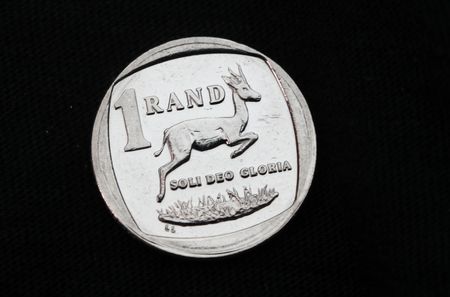By Brigid Riley and Greta Rosen Fondahn
TOKYO/GDANSK (Reuters) – The euro rose to a one-week high against the dollar on Thursday as optimism over prospects of a peace deal between Ukraine and Russia overshadowed a hotter-than-expected U.S. consumer prices print.
U.S. President Donald Trump said late on Wednesday that both Russian President Vladimir Putin and Ukrainian President Volodymyr Zelenskiy expressed a desire for peace in separate phone calls with him.
Trump has also ordered top U.S. officials to begin talks on ending the war in Ukraine.
The euro climbed to $1.044025, its highest since February 5, and was last up 0.33% at $1.0417.
A “relief factor for Europe” is likely at the heart of the euro’s rally given the negative impact of the Russia-Ukraine war, said Bart Wakabayashi, Tokyo branch manager at State Street.
“It’s on their doorstep, so if the headlines are of moving towards a peace agreement, that should definitely be a positive for Europe,” he said.
The Russian rouble surged to a five-month peak against the dollar.
The prospects of ending the Ukraine war soon cushioned the blow on sentiment from Wednesday’s upside surprise in U.S. consumer prices for January, with both headline and core figures topping estimates.
“I was surprised how short-lived the dollar upside was in reaction to that CPI report yesterday, which was undeniably hot and also made for a very, very tough reading for the Fed,” said Michael Brown, senior research strategist at Pepperstone.
The data had market players piling on bets the Federal Reserve will hold interest rates higher for longer.
Markets have 30 basis points worth of rate cuts priced in for this year, versus around 37 basis points before the data..
At his second congressional hearing this week, Fed Chair Jerome Powell on Wednesday reiterated that the central bank is in no rush to cut rates.
Markets were also on edge for more tariff announcements.
Trump said he would soon impose reciprocal tariffs on every country that charges duties on U.S. imports, keeping alive fears of a widening global trade war that threatens to accelerate U.S. inflation.
Traders have been trying to tease out how Trump’s threats will play out, with some market players betting tariffs will be a plus for the dollar.
On Monday, Washington announced new 25% tariffs on all steel and aluminium imports into the United States, leaving trade partners scrambling.
PPI AHEAD
Also in the mix on Thursday, the U.S. producer price index (PPI) release later in the session will provide clues as to how hot the Personal Consumption Expenditures price index, the Fed’s preferred inflation measure, may come in on February 28.
The Japanese currency consolidated after tumbling as low as 154.80 on Wednesday as U.S. Treasury yields climbed following the inflation data.
The dollar was down 0.3% at 153.93 yen.
Data on Thursday showed Japan’s annual wholesale inflation jumped to a seven-month high of 4.2% in January and accelerated for the fifth straight month, reinforcing market bets of another rate hike in Japan this year.
Sterling touched a one-week high of $1.25155, and was last up 0.3% on the day.
Data showed the British economy unexpectedly grew in the final quarter of last year, offering some respite from an otherwise downbeat economic outlook.
This left the dollar index, which measures the greenback against the yen, euro and other peers, hovering around its lowest since February 5. It was last at 107.69, after rising as high as 108.52 in the previous session.
(Reporting by Brigid Riley and Greta Rosen Fondahn; Editing by Jamie Freed)








